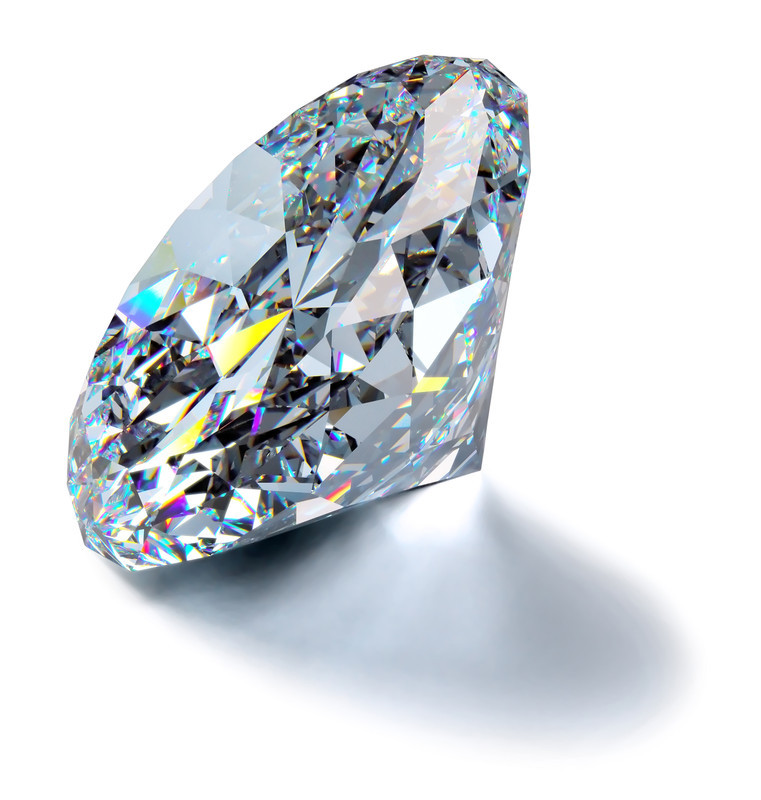Gemstones have fascinated people for centuries, and it's not hard to see why. These precious and semi-precious stones are truly a wonder of nature - each with its unique properties and characteristics. But have you ever wondered how gemstones form, or how they get their brilliant colors and luster? In this post, we'll explore everything you need to know about gemstones, from their formation to their various uses and benefits.
Introducing Gemstones
At their core, gemstones are simply minerals that have been cut and polished to showcase their beauty and unique features. They come in various shapes, sizes, and colors, and are often categorized based on their chemical composition and crystal structure. Some of the most popular gemstones include diamonds, rubies, emeralds, sapphires, and amethysts.
One of the most interesting things about gemstones is the fact that they form deep within the Earth's crust, under extreme heat and pressure. Over millions of years, minerals like quartz, diamond, and garnet crystallize and grow into stunning gemstones that we can admire and enjoy. Let's take a closer look at how this process happens.
The Formation of Gemstones
As we mentioned earlier, gemstones are formed deep within the Earth, often under intense heat and pressure. Here's a step-by-step breakdown of how this process happens:
- Magma or Lava: Gemstones often start out as magma or lava, which is made up of molten rock and various minerals.
- Crystallization: As the magma or lava cools, the minerals within it begin to crystallize and form solid structures. This process can take anywhere from a few days to millions of years, depending on the specific minerals and conditions present.
- Movement: Over time, the movement of tectonic plates and other geological processes can shift these minerals and bring them closer to the Earth's surface.
- Exposure: Once near the surface, the gemstones can be exposed through erosion, mining, or other means.
- Cutting and Polishing: Once the gemstones have been extracted, they are cut and polished to showcase their unique features and beauty.
It's important to note that each gemstone is unique and can have different formation processes depending on the specific minerals and conditions present. But in general, this is how most gemstones form and become the beautiful pieces we know and love today.
About Gemstones
Gemstones have been revered for their beauty and mystique for centuries, and with good reason. These precious and semi-precious stones have a range of unique properties and benefits that make them both functional and decorative. Here are a few things you should know about gemstones:
They Have Different Hardness Levels
Gemstones vary widely in terms of hardness, which is a measure of a mineral's resistance to scratching and abrasion. The most commonly used scale to measure hardness is the Mohs scale, which ranks minerals from 1 (softest) to 10 (hardest). For example, diamonds are the hardest mineral on the Mohs scale, while talc is the softest.
They Can Have Different Colors
One of the most fascinating things about gemstones is the fact that they can come in a wide range of colors, from bright red rubies to deep blue sapphires. The color of a gemstone is determined by a variety of factors, including the minerals present, the presence of impurities, and the lighting conditions under which it is viewed.
They Can Have Healing Properties
Many people believe that gemstones have healing properties and can be used to treat a range of physical and emotional ailments. For example, amethyst is said to aid in relaxation and stress relief, while garnet is believed to promote passion and creativity.
They Can Be Used in Jewelry and Decor
Of course, one of the most popular uses of gemstones is in jewelry and decor. Whether it's a stunning diamond ring or an elegant amethyst vase, gemstones can add a touch of luxury and elegance to any space or outfit.
FAQs About Gemstones
Now that you know a little more about gemstones, you may have some additional questions. Here are a few of the most commonly asked questions about these beautiful stones:
Q: Are all gemstones expensive?
A: No, not all gemstones are expensive. While some, like diamonds and rubies, can be quite pricey, there are many other gemstones that are more affordable. For example, amethysts and citrines are relatively inexpensive and can be found in a variety of jewelry and decor items.
Q: Can gemstones be damaged?
A: Yes, gemstones can be damaged if not handled properly. Some gemstones, like opals and pearls, are more fragile than others and can be easily scratched or chipped. It's important to handle your gemstones gently and avoid exposing them to harsh chemicals or extreme temperatures.
Q: How do I choose the right gemstone for me?
A: Choosing the right gemstone depends on a variety of factors, including your personal style, budget, and the occasion for which you're buying the stone. It's a good idea to do some research on the different types of gemstones available and to consult with a jeweler or gemologist if you're unsure.
Conclusion
Whether you're a gemstone enthusiast or just curious about these beautiful stones, we hope this post has given you a better understanding of how gemstones form, their various properties and benefits, and their common uses in jewelry and decor. From rubies and diamonds to amethysts and garnets, gemstones are truly a wonder of nature and a testament to the beauty and diversity of our planet.
Round Diamond
Gems Hardness Table

Gemstones Forming

Diamond Meaning

Gemstones

Diamond
Types of Gemstone Jewelry
